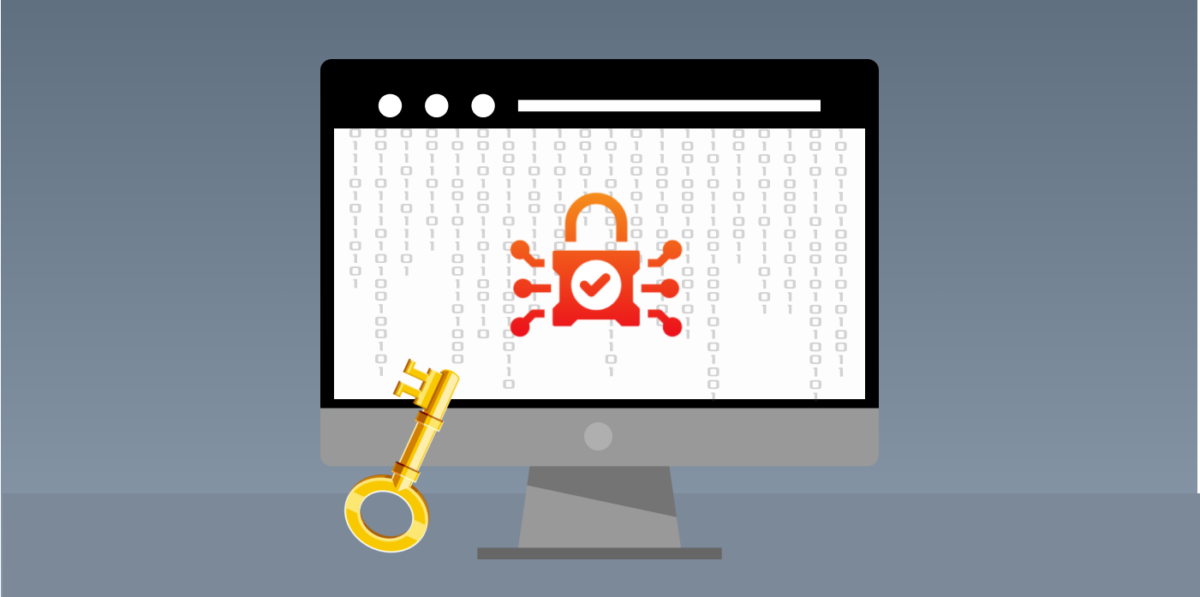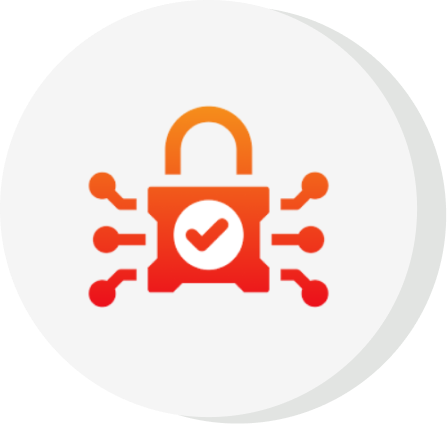
With how digital our world has become, the need for security and privacy has become significantly important. Issues like data breaches, data surveillance, and unauthorized access to personal information are becoming pervasive. For this reason, people are looking for more secure ways to protect sensitive data.
Fortunately, technological advancements have led to the development of various innovations today. End-to-end encryption is one such technology that has proven to ensure our online security. But what is it? In this article, we’ll tell you all you need to know about E2EE, how it works, and the benefits it serves us today.
What is End-to-End Encryption?

End-to-end encryption (E2EE) is a secure method of data communication where access to messages is given only to the sender and the receiver. When a message is sent, the data is encrypted on the sender’s device and won’t be decrypted until it has been delivered to the recipient on the other side.
As such, no third party — whether ISPs, hackers, your company, or government agents — can have access to the information while it is in transit. The term end-to-end is named because the sender is tagged as one end of the conversation while the receiver is considered the other end.
Many popular messaging services use end-to-end encryption to enhance their security, including Zoom, Facebook, WhatsApp, and Signal. Many of these providers have also faced controversies regarding the usage of E2EE.
How End-to-End Encryption Works?
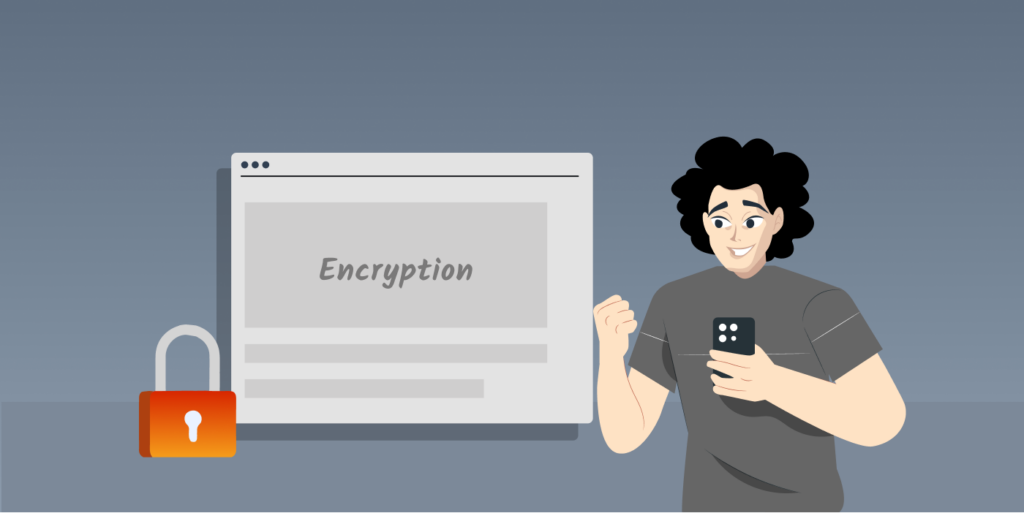
To have a practical grasp of how E2EE works, imagine that you want to send your friend a sealed letter through the mail. You know what you wrote in the letter, and your friend will also have access to the letter’s content once they receive it. However, the postman or the postal service doesn’t have the right to open the letter.
In more technical terms, E2EE works through the following steps:
- Key generation: Let’s say you have an application that has end-to-end encryption. As a user, you have a pair of cryptographic keys – one is a private key, and the other is a public key. Your private key is for you alone, while your public key can be shared with others.
- Encryption: When you send (say, your friend) a message, your device uses their public key to encrypt your message, it’s only your friend’s private key that can decrypt the message you’ve sent.
- Transmission: Your encrypted message is sent over the network to your friend. If any third party tries to read the sent message, you won’t be able to do so without your friend’s private key.
- Decryption: Once your message reaches your friend’s phone, their device decrypts the transmitted message using their private key. Then, the original message can be viewed on their screen.
- Integrity and authentication: E2EE further has cryptographic techniques like digital signatures and digital certificates to help detect if data has been altered in transit.
What Makes E2EE Different from Other Forms of Encryption?
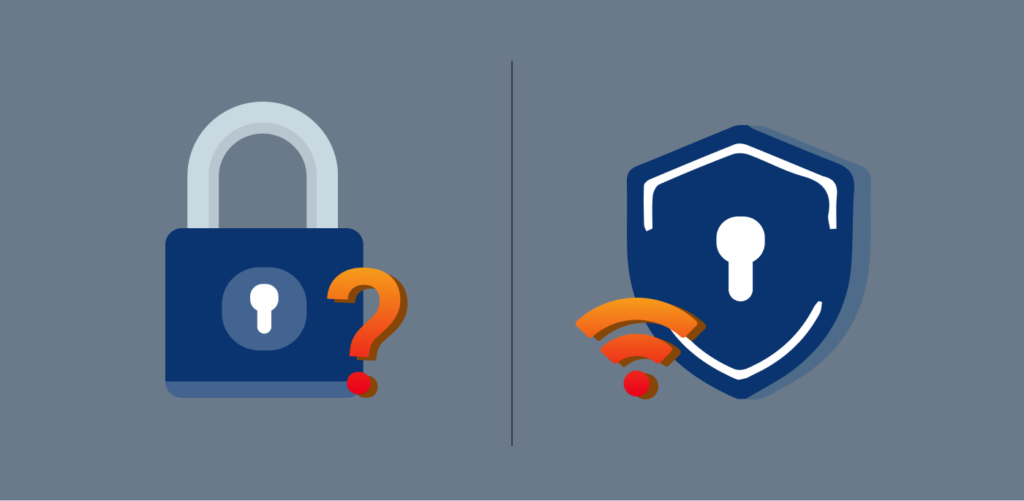
End-to-end encryption is an excellent way for individuals and businesses to exchange and store sensitive information without the concern of a security or data breach. This is one reality that separates it from other types of encryption.
Here are some other forms of encryption and how they differ from E2EE:
- Server-side encryption: With this encryption, data is encrypted when stored on the server. But, on the server, it’s decrypted when accessed or sent to another client. This means, unlike E2EE, there is a potential of data breach on the server side.
- Secret key or single-key encryption: This method of encryption makes use of single keys like codes, passwords, or randomly generated numbers for both encryption and decryption. While it can provide a layer of encryption, this method of sending data can be decrypted or intercepted if a third party figures out the key. However, with E2EE, the use of a pair of keys reinforces protection from decryption.
- Transport layer security (TLS): Here, the transmitted data is coded to prevent third parties from intercepting the data. Then, at the server, the information is encrypted before it is re-encrypted for the next phase of the journey.
Where is End-to-End Encryption Used?
End-to-end encryption is useful and has been used by organizations that prioritize security and privacy. Additionally, it ensures that companies abide by data privacy rules and regulations. Let’s check out practical ways they are used by some services.
- Email services: Email providers like Proton Mail used E2EE to secure their email communications.
- File sharing and storage: Companies like Tresorit use the technology for file sharing and storage.
- Messaging apps: Popular apps like Signal and WhatsApp use E2EE to secure their users’ messages.
- Video conferencing: Platforms like Zoom and Microsoft Teams leverage E2EE to protect their video calls.
What Does End-to-End Encryption Protect Against?
E2EE protects individuals and companies from security threats and attacks like:
- Interception: End-to-end encryption prevents data interception while in transit because information cannot be read by an unauthorized party, including institutions like the government.
- Eavesdropping: Third parties cannot eavesdrop on sensitive information because the encrypted data cannot have any meaning to them.
- Data theft: Thieves cannot exploit encrypted data without having the decryption key.
- Tampering: If someone tries to alter a message in transition, it would fail, and the recipient would also be aware of the tampering attempt.
Pros of End-to-End Encryption
E2EE has a lot of advantages you can leverage. Let’s highlight some of these benefits:
- Privacy: E2EE makes it difficult for unwanted parties to view your information. Even if hackers can access your data, they can’t decrypt it without your private key.
- Security: With E2EE, you have no fear that somebody may be listening in to conversations because the technology prevents eavesdropping and interception.
- Integrity and trust: The underlying cryptographic technology behind E2EE makes it tamper-proof and resistant to manipulation or alteration. Features like authentication codes and digital signatures mean you can always trust the reliability of the message being exchanged.
Cons of End-to-End Encryption
As much as we can speak about the advantages of end-to-end encryption, the truth is that — just like many beneficial things — it has its shortcomings. Keep on reading to know what they are:
- Regulation and compliance: E2EE makes it difficult for government and law enforcement agencies to access potentially useful encrypted data for legitimate reasons like audits or investigations.
- Complexity: Implementing E2EE requires some level of technical expertise. As a result, organizations with limited technical professionals might find it difficult to manage.
- Potential endpoints vulnerability: Although E2EE protects data when it’s in transit, the integrity of an E2EE app can be affected. This happens if the devices used by either the sender or the receiver of the messages are compromised by a cyberattack.
Limitations of End-to-End Encryption Protection
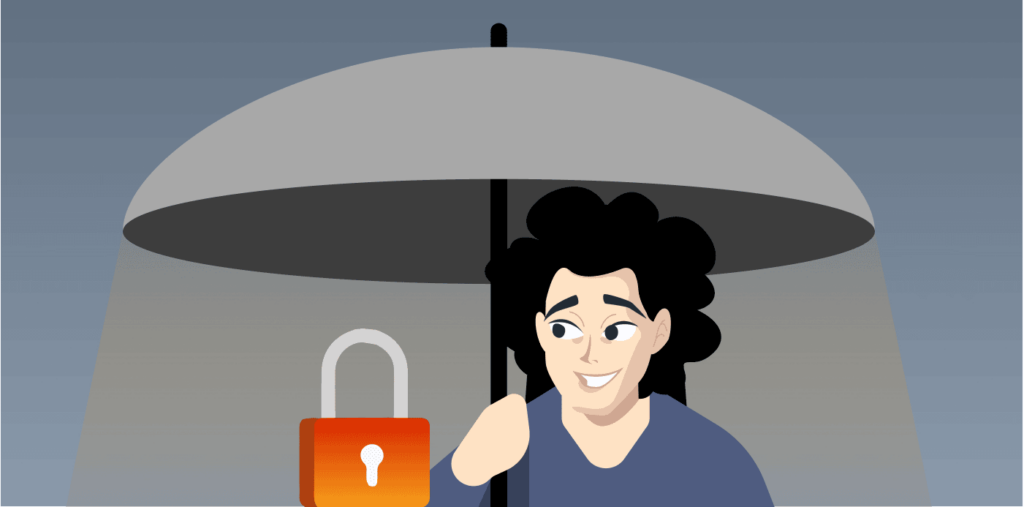
E2EE provides reliable protection and privacy that ensures your online safety. Yet, it has some limitations that you should be aware of so you can put the appropriate measures in place.
- Social engineering: If users of E2EE applications are tricked into revealing their encryption keys, then the technology’s safety can be compromised.
- Malware and viruses: Devices infected by malware or viruses are exposed to security risks despite having E2EE encryption.
- Physical attacks: The safety of your sensitive data cannot be ascertained if someone gains physical access to your device to get your personal information.
- Metadata analysis: While E2EE encrypts your messages to keep your information safe, it can still reveal metadata details like your timestamps and geolocation. This data can give a clue to your encrypted data when intercepted by cybercriminals.
What is the Difference Between E2EE and Transport Layer Security (TLS)?

E2EE and TLS are both encryption protocols that aim at securing data. However, their mode of encryption is what differentiates them. E2EE encrypts data from the sender’s device to the receiver’s, such that no intermediary can access the encrypted information.
On the other hand, TLS encrypts data between a client and the server. But at the server, the information is decrypted and re-encrypted before it is sent to the next client. Thus, there is the risk of exposure on the server side of this encryption protocol.
Enjoy Unmatched E2EE at ExtremeVPN
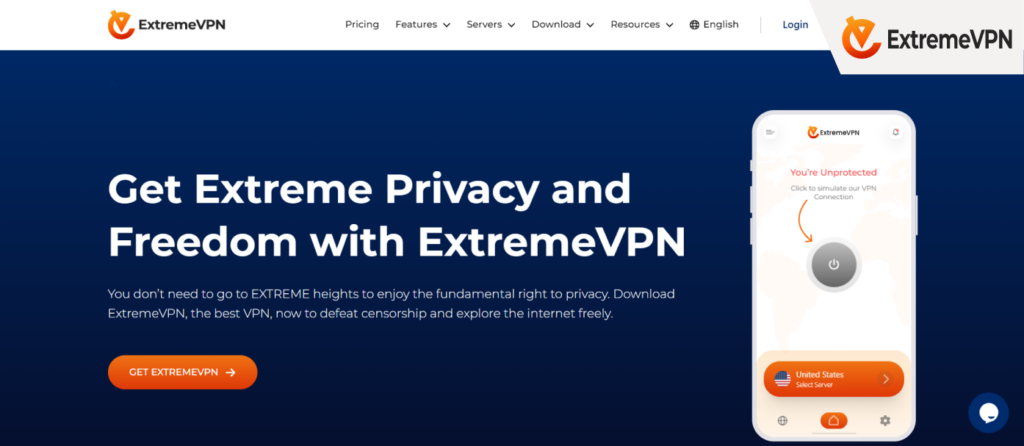
E2EE already provides robust security for communication between endpoints. Nonetheless, you can take your protection to a greater level by using a reliable VPN like ExtremeVPN.
ExtremeVPN creates an extra layer of security so that your data is encrypted twice, which makes it more difficult for attackers to intercept. Furthermore, it masks details like your metadata and IP address — so you can stay protected from unwanted monitoring.
